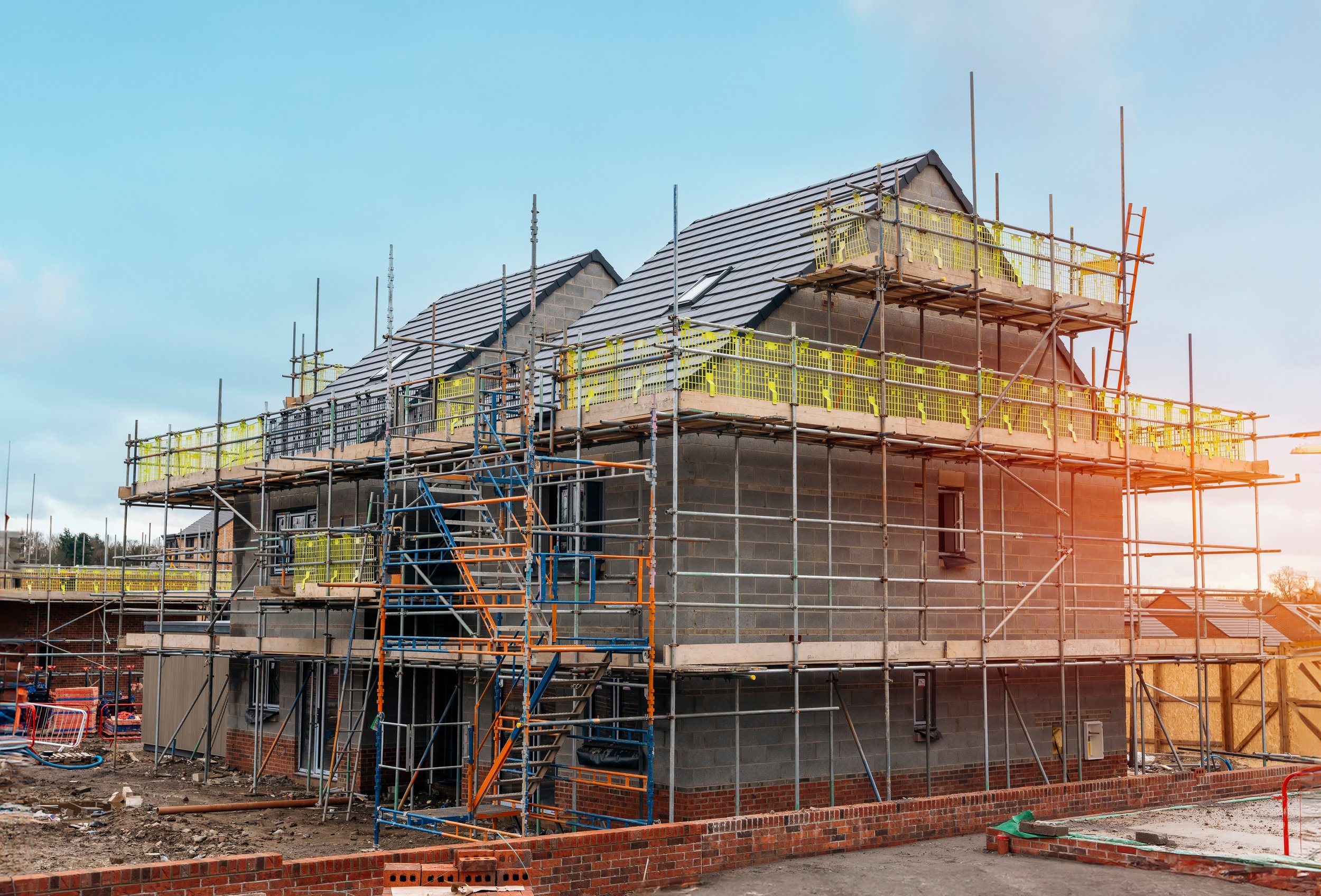
Green Roofing
An overview of this modern roofing solution outlining features, benefits and different types.
Green roofing, also known as living roofs or eco-roofs, is a sustainable roofing solution that involves the installation of vegetation and a growing medium on top of a traditional roofing system.
This type of roofing offers numerous environmental, economic, and aesthetic benefits, making it an increasingly popular choice for both residential and commercial buildings. Here’s a comprehensive guide to green roofing, including its features, benefits, and installation considerations.
Features of Green Roofing
Vegetation Layer: The most visible component of a green roof, consisting of a variety of plants such as grasses, flowers, and shrubs, chosen based on climate and roof conditions.
Growing Medium: A specially designed soil substrate that supports plant growth while being lightweight and well-draining.
Drainage Layer: Ensures proper water management, preventing waterlogging and facilitating drainage.
Root Barrier: Protects the underlying roof structure from root penetration, ensuring longevity and preventing damage.
Waterproof Membrane: A crucial layer that protects the roof structure from water ingress.
Insulation Layer (optional): Enhances the building's energy efficiency by providing additional insulation.
Benefits of Green Roofing
Environmental Benefits:
Stormwater Management: Green roofs absorb rainwater, reducing runoff and alleviating pressure on drainage systems.
Air Quality Improvement: Plants on green roofs filter pollutants and CO2 from the air, contributing to cleaner air.
Urban Heat Island Mitigation: Green roofs help lower urban temperatures by providing natural cooling through evapotranspiration.
Biodiversity: They create habitats for birds, insects, and other wildlife, enhancing urban biodiversity.
Economic Benefits:
Energy Efficiency: Green roofs provide natural insulation, reducing the need for heating in winter and cooling in summer, leading to energy savings.
Extended Roof Lifespan: The protective layers of a green roof shield the underlying roofing materials from UV radiation and temperature fluctuations, prolonging their lifespan.
Increased Property Value: Green roofs can enhance the aesthetic appeal and market value of a property.
Social Benefits:
Aesthetic Appeal: Green roofs add beauty and visual interest to buildings, creating green spaces in urban areas.
Recreational Space: Larger green roofs can serve as gardens or recreational areas for building occupants.
Types of Green Roofs
Extensive Green Roofs:
Characteristics: Lightweight, with a shallow growing medium (2-6 inches). Typically planted with low-maintenance vegetation such as sedums, grasses, and mosses.
Maintenance: Minimal, often requiring only annual weeding and inspection.
Applications: Suitable for buildings with limited structural capacity and for covering large areas.
Intensive Green Roofs:
Characteristics: Heavier, with a deeper growing medium (6 inches to several feet). Can support a wide variety of plants, including shrubs and small trees.
Maintenance: Higher, similar to ground-level gardens, with regular watering, fertilizing, and pruning.
Applications: Suitable for buildings with robust structural support and for creating accessible rooftop gardens.
Installation Considerations
Structural Assessment:
Conduct a structural assessment to ensure the building can support the additional weight of the green roof layers, including saturated soil and vegetation.
Waterproofing:
Ensure the roof is properly waterproofed to prevent leaks. A high-quality waterproof membrane is essential.
Drainage:
Install an effective drainage system to manage excess water and prevent waterlogging.
Root Barrier:
Include a root barrier to protect the roof structure from root penetration.
Plant Selection:
Choose plants that are suited to the local climate, roof conditions, and maintenance capacity. Consider drought-resistant and low-maintenance species for extensive green roofs.
Professional Installation:
Hire experienced professionals for the installation to ensure all layers are correctly applied and integrated.
Maintenance of Green Roofs
Regular Inspections: Conduct regular inspections to check for any signs of damage or issues with the drainage system.
Weeding: Remove any unwanted weeds that may compete with the chosen vegetation.
Watering: Ensure the plants receive adequate water, especially during dry periods.
Fertilizing: Apply fertilizer as needed to maintain healthy plant growth.
Pruning: Trim plants to prevent overgrowth and maintain the desired aesthetic.
Conclusion
Green roofing offers a sustainable and attractive solution that provides numerous environmental, economic, and social benefits. By creating green spaces in urban areas, improving air quality, and enhancing energy efficiency, green roofs contribute to a healthier and more sustainable built environment. Proper installation and regular maintenance are key to ensuring the longevity and effectiveness of a green roof. Whether for residential or commercial applications, green roofing is an excellent choice for those looking to make a positive impact on their surroundings.
Top Articles
► Planning Permission for a New Roof
► Building Regulations for a New Roof
► Does a New Roof Add Value to Your Home?
► Does Insurance Cover Roof Leaks?
Roofing Materials Explained
► Code 3 and Code 4 Lead Flashing
► Slates
► Best Materials for Flat Roofs
Roofing Components
► Roof Ventilation for Flat Roofs
► What are Soffits and Fascias?
► What is a Fibreglass Flat Roof?
Common Guides
►How Much Does a New Roof Cost
► How to Find a Leak in Your Roof
► Why is my Velux Window Leaking?
► Planning Permission Velux Windows
► How to Clean Roof Tiles Without Pressure Washer
► Removing Moss from Roof Tiles
